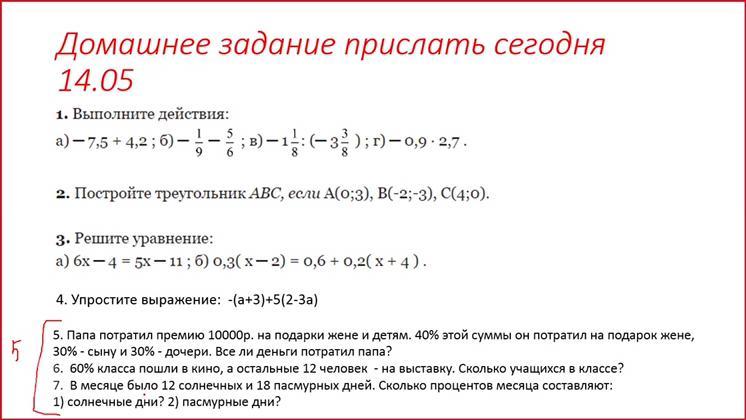Предмет: Математика,
автор: Pavel5559
Помогите пожалуйста
Срочно дам 40 балов
Приложения:

Ответы
Автор ответа:
1
1.
а) = -3,3
б) = - 17/18 (это дробью)
в) = -9/8:(-27/8)= 9/8*8/27= 1/3 ( это всё дробями пиши)
г) = 2,43
Похожие вопросы
Предмет: Русский язык,
автор: serzh2154
Предмет: Русский язык,
автор: vanir00
Предмет: Английский язык,
автор: Morick
Предмет: Алгебра,
автор: anutka1211
Предмет: Литература,
автор: НастяВековищева